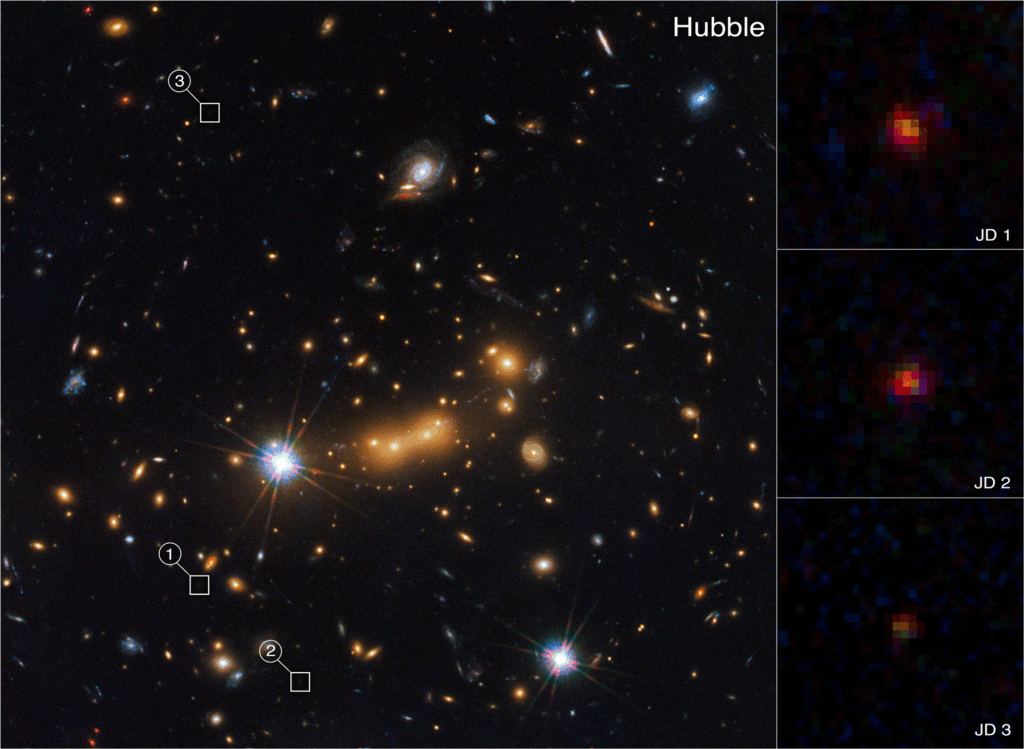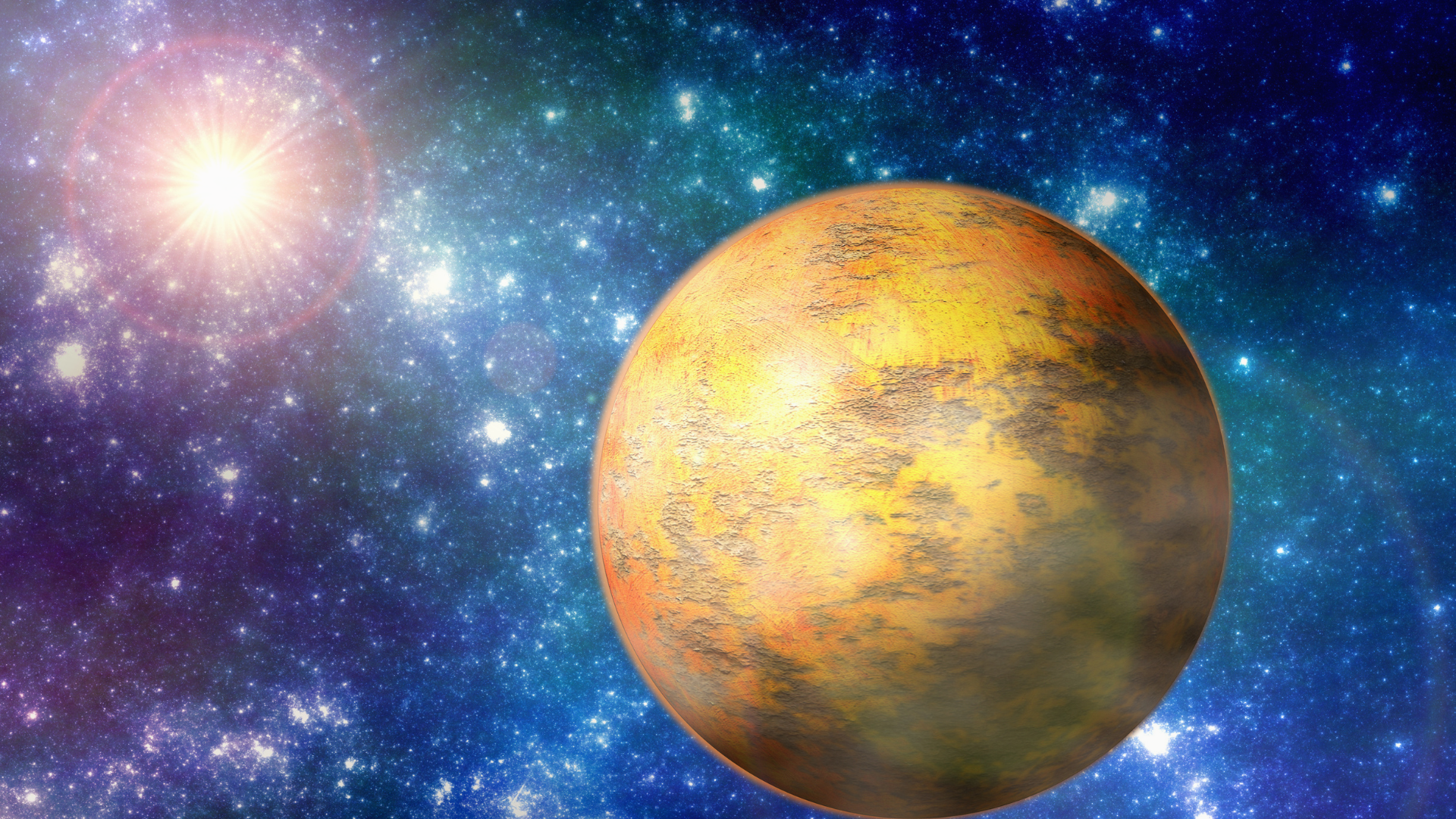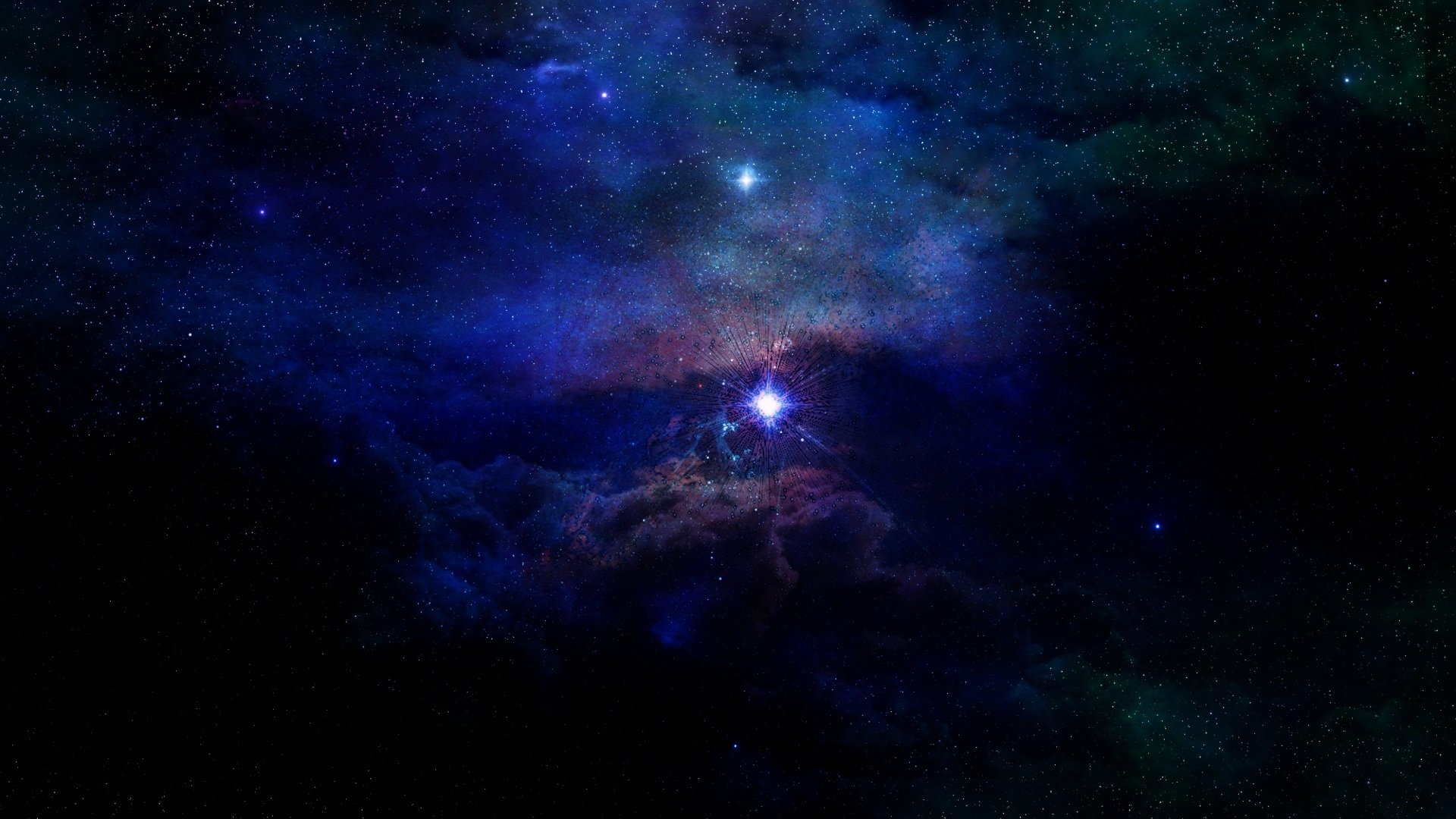Webb Provides Unprecedented Information on the Early Universe

Astronomers are now able to gather unprecedented information about the early universe with the help of NASA’s James Webb Space Telescope, which was designed primarily to detect the faint infrared light from extremely distant galaxies.
While discussing their most recent research with NASA, three scientists, Dan Coe of AURA/STScI for the European Space Agency and Johns Hopkins University; Tiger Hsiao of Johns Hopkins University; and Rebecca Larson of the University of Texas at Austin, who have been observing the distant galaxy MACS0647-JD with Webb, said they’ve found something interesting.
Dan Coe, as NASA quoted him as saying, said, “I discovered this galaxy MACS0647-JD 10 years ago with the Hubble Space Telescope. At the time, I’d never worked on high redshift galaxies, and then I found this one that was potentially the most distant at redshift 11, about 97 percent of the way back to the big bang. With Hubble, it was just this pale, red dot. We could tell it was tiny, a tiny galaxy in the first 400 million years of the universe. Now that we have Webb, we can resolve TWO objects! We’re still debating whether these are two galaxies or two star clusters within a galaxy. We don’t know, but Webb is designed to help us answer these questions.

According to Tiger Yu-Yang Hsiao, we can also see how the colors of the two objects are so dissimilar. One is bluer, while the other is redder. The characteristics of blue and red gases differ. The blue one has a young star formation and almost no dust, whereas the small, red object has more dust and is older. Their stellar masses are also likely to differ.
It’s fascinating to see two structures in such a small system. In the very early universe, we may have witnessed a galaxy merger. If this is the most distant merger, I will be overjoyed!
Likewise, Daniel Coe states that the massive galaxy cluster MACS0647’s gravitational lensing has resulted in three images: JD1, JD2, and JD3. They are multiplied by eight, five, and two, respectively.
Rebecca Larson says they haven’t been able to study galaxies in the early universe in great detail up until now. Prior to Webb, “we only had a few tens of them.” Studying them can help astronomers understand how they evolved into the ones they see today. Also discussed is the evolution of the universe over time.
“My favourite part is that in the background of so many new Webb images, there are all these little dots—and those are all galaxies! “Each and every one of them,” said Rebecca. According to Rebecca, it’s incredible how much information they’re getting that they couldn’t see before. “And this isn’t a particularly deep field. This is a short exposure. We haven’t even attempted to use this telescope to look at a single point in a long time. “This is only the start,” added the scientist.
The James Webb Space Telescope was launched on an Ariane 5 rocket from Kourou, French Guiana, on December 25, 2021. The Telescope journeyed nearly a million miles (1.5 million kilometres) in 30 days to its permanent home: Lagrange point 2 – a gravitationally stable location in space. On January 24, 2022, the telescope arrived at L2, the second sun-Earth Lagrange point.
Webb is capable of looking into 13.6 billion light years distant, which will be the farthest we’ve ever seen into space. (A single light year is about 6 trillion miles.)
On July 11, 2022, the first JWST image was revealed to the public at a press conference.
The Webb’s cruising speed relative to Earth is 864 mph, according to NASA.
Visit this link to read the team’s science paper.
[Note: The findings are yet to go through the peer-review process.]


